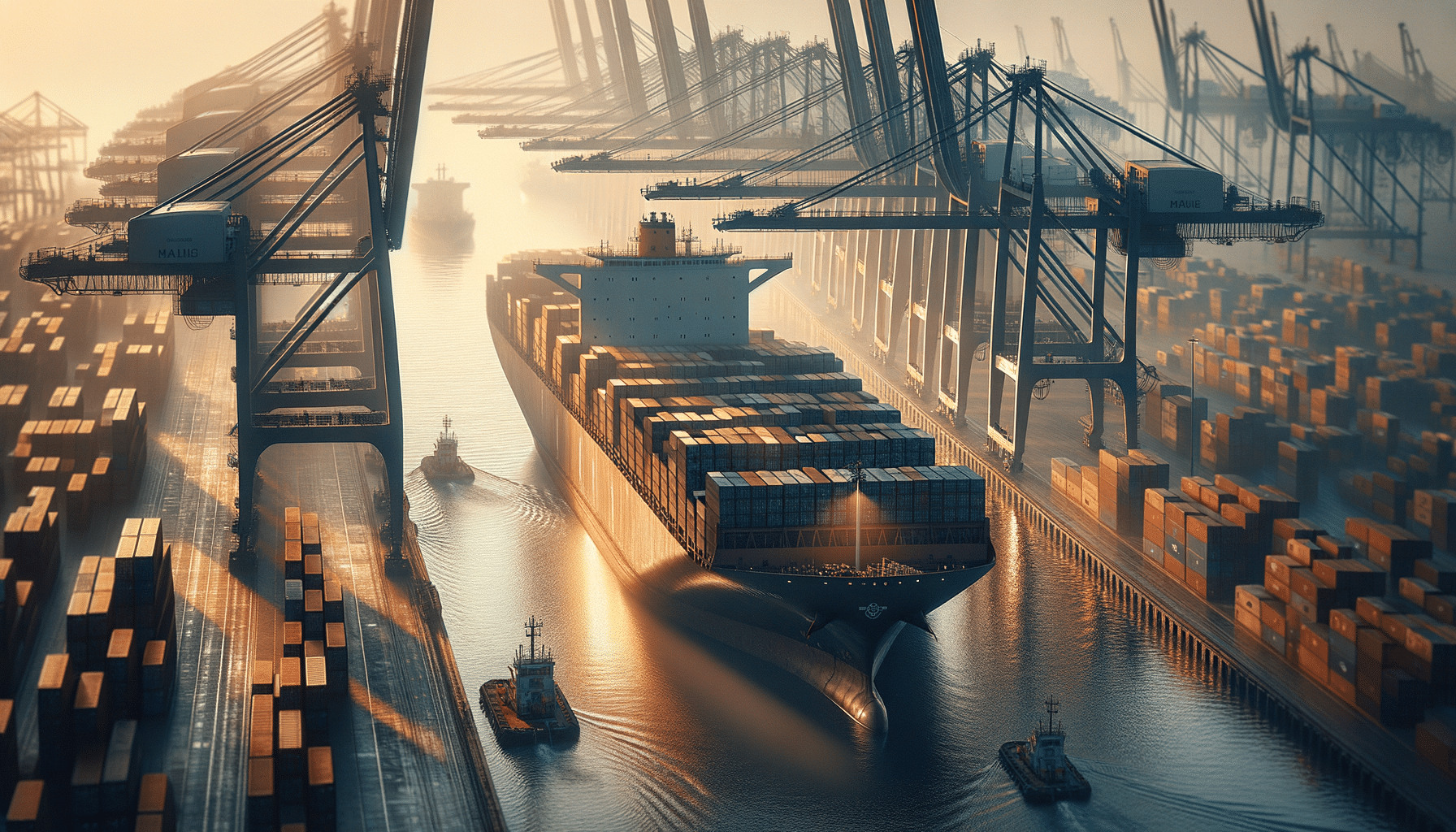
Understanding Ocean Freight Rates: An Overview
Introduction to Ocean Freight Rates
Ocean freight rates are a crucial element in the global trade ecosystem, influencing the cost of goods transported across seas. As businesses expand internationally, understanding the dynamics of these rates becomes ever more critical. In this article, we explore the various facets of ocean freight rates, sometimes referred to as sea freight prices or sea freight rates, and their impact on the global shipping industry. The terminology may differ, but the core concept remains the same—freight being connected with the process of transporting goods by sea.
Factors Influencing Ocean Freight Rates
Several factors contribute to the fluctuation of ocean freight rates. Key among these are fuel prices, demand and supply dynamics, and geopolitical events. Fuel prices play a significant role as they directly affect the operational costs of shipping vessels. When fuel prices rise, shipping companies often pass these costs onto customers, leading to higher sea freight prices.
Demand and supply dynamics are another crucial factor. When there is high demand for shipping space, possibly due to a surge in global trade or seasonal spikes, ocean freight rates tend to increase. Conversely, when demand is low, rates may drop as shipping companies compete for business. Geopolitical events, such as trade wars or sanctions, can also impact sea freight rates by creating uncertainties that affect shipping routes and costs.
Understanding these factors is essential for businesses to navigate the complexities of international trade efficiently. By anticipating changes in ocean freight rates, companies can make informed decisions about shipping schedules and costs.
Comparing Ocean Freight with Other Modes of Transport
When it comes to transporting goods internationally, businesses often compare ocean freight with air freight and land transport. Each mode of transport has its own advantages and limitations. Ocean freight, for example, is generally more cost-effective for large, bulky shipments that are not time-sensitive. This makes it a preferred choice for industries such as agriculture, manufacturing, and retail.
In contrast, air freight is faster but significantly more expensive, making it suitable for high-value or perishable goods that require quick delivery. Land transport, such as trucking or rail, is typically used for shorter distances or as a complementary service to ocean freight, particularly for inland destinations.
Ultimately, the choice between these modes depends on several factors, including cost, speed, and the nature of the goods being transported. Businesses must weigh these factors carefully to determine the most efficient and economical shipping method.
Strategies for Managing Ocean Freight Costs
Managing ocean freight costs effectively can lead to substantial savings for businesses involved in international trade. One strategy is to establish long-term contracts with shipping companies, which can provide more predictable pricing and availability. This can be particularly beneficial in volatile markets where sea freight rates fluctuate frequently.
Another approach is to optimize logistics operations by consolidating shipments. By combining smaller shipments into a single larger one, businesses can take advantage of economies of scale, resulting in lower per-unit shipping costs. Additionally, using technology to track shipments and manage supply chains can enhance efficiency and reduce unnecessary expenses.
Engaging with freight forwarders can also provide businesses with expert insights and access to a network of shipping providers, helping to secure competitive rates and streamline the shipping process.
The Future of Ocean Freight Rates
As global trade continues to evolve, the future of ocean freight rates will likely be influenced by technological advancements and environmental considerations. The adoption of digital technologies such as blockchain and IoT in shipping logistics is expected to enhance transparency and efficiency, potentially leading to more stable sea freight prices.
Environmental regulations aimed at reducing carbon emissions will also play a significant role. Shipping companies may face increased costs due to the need for cleaner fuels and more efficient vessels. However, these changes could also drive innovation and lead to more sustainable shipping practices in the long run.
Understanding these trends and preparing for future shifts in ocean freight rates will be crucial for businesses looking to remain competitive in the global market.


